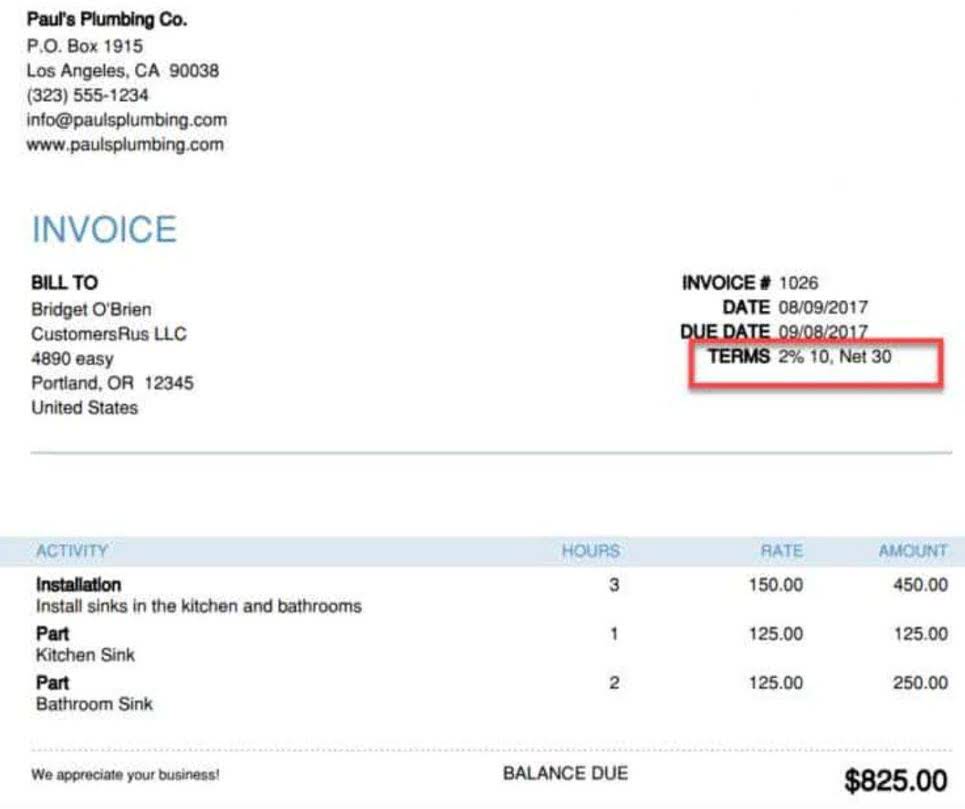
As we saw with all the construction billing methods, sometimes the payment terms are complex, making it challenging to manage them accurately, especially when dealing with multiple projects simultaneously. For example, in lump sum billing, it is hard for contractors to adjust billing when change orders occur, especially when careful tracking of all changes has construction billing methods not been done. That is why contractors are starting to charge unit rates, as changes are more accessible to organize and invoices to recalculate.
- Some may find that there is no incentive to cut costs or labor hours since it won’t contribute toward higher profits for the contractor.
- Contractors can ensure accurate billing, reduce client disputes, and maintain profitability using the right billing methods.
- Increasingly, contractors and owners alike rely on software to track project budgets, invoices and costs.
- AIA form G702 is also titled “Application and Certificate for Payment” shorted to just application in most cases.
- An efficient construction billing process is essential for contractors to keep a project on schedule and budget.
- A unit price contract establishes a pre-determined price per unit for specific work items.
- For instance, coding all costs correctly according to the project can make the invoicing process much more efficient.
Best practices for construction billing
In cost-plus contracts, virtual accountant contractors bill for all project costs plus a set profit margin. They’re designed to cover both direct costs (like labor, materials, and equipment) and indirect costs (like insurance, office space, and administrative expenses). The contractor will pay for all project costs upfront and then invoice the client for the total amount spent, including their profit markup. Because clients have greater visibility into project costs, they can see exactly what they’re paying for in labor and materials.
Construction Billing Methods
Time and materials billing is used for small contracts and self-perform work. Subcontractors and self-perform general contractors could each use this method. One of the most important aspects contractors agree to when signing onto a project is how and when they will get paid — or, in other words, the billing method.

Progress billing in construction
T&M billing is most effective for smaller projects or specific aspects of more extensive projects (such as self-performed work by general contractors) requiring high adaptability. It’s also useful in scenarios where the project scope is not fully defined, allowing both parties to adjust the scope and resources as the work progresses. Implementing not-to-exceed limits can help control costs, providing clients with some level of budget security while maintaining the flexibility of the T&M approach. A well-structured schedule of values will detail cost, level of completion, and the percentage paid for each task. Which helps contractors and subcontractors accurately monitor job progress and ensures work balance sheet is progressing as planned.

Align the payment terms.

Owners may offer contractors financial incentives to keep costs low to minimize the uncertainty of cost-plus contracts. Construction billing always refers back to the contract terms that dictate how contractors will charge for their work. This is why the most successful service providers use contractor billing software to manage the revenue side of their business. The right billing platform is going to make it not only easier to bill your clients on time but also give you fewer headaches during tax season.

